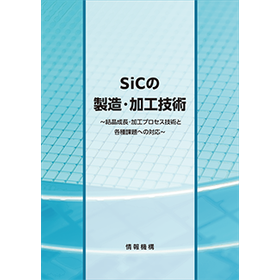Repeatedly causes oxidation and reduction reactions! It is possible to continuously induce and promote oxidative decomposition.
We would like to introduce the decomposition mechanism of our microbial-degradable plastic additive, 'P-Life.' It has a mechanism that repeatedly undergoes oxidation and reduction reactions, utilizing this function to continuously induce and promote oxidative degradation by attracting radicals to the carbon chains of the polymer. The formed oxides (for example, carboxylic acids) are digested and absorbed by microorganisms in soil or compost environments. Ultimately, they are transformed into CO2 (carbon dioxide) and H2O (water) through metabolic activities such as respiration. 【Features】 ■ Possesses a mechanism that repeatedly undergoes oxidation and reduction reactions ■ Capable of continuously inducing and promoting oxidative degradation ■ The polymer is depolymerized into low molecular weight compounds, forming oxides (functional groups) *For more details, please refer to the PDF document or feel free to contact us.
Inquire About This Product
basic information
[P-Life Biodegradable Plastic Decomposition Cycle] 1. Shelf Life 2. Oxidative Decomposition 3. Microbial Decomposition *For more details, please refer to the PDF document or feel free to contact us.
Price range
Delivery Time
Applications/Examples of results
For more details, please refer to the PDF document or feel free to contact us.
catalog(1)
Download All CatalogsCompany information
P-Life Japan Inc. has developed the P-Life additive, which enables the microbial degradation of non-biodegradable plastics such as polyethylene and polypropylene, in response to the growing awareness of environmental issues since 2000. We began selling it in the global market in 2003. Currently, microbial degradation plastic products using the P-Life additive are being used in over 25 countries worldwide.











